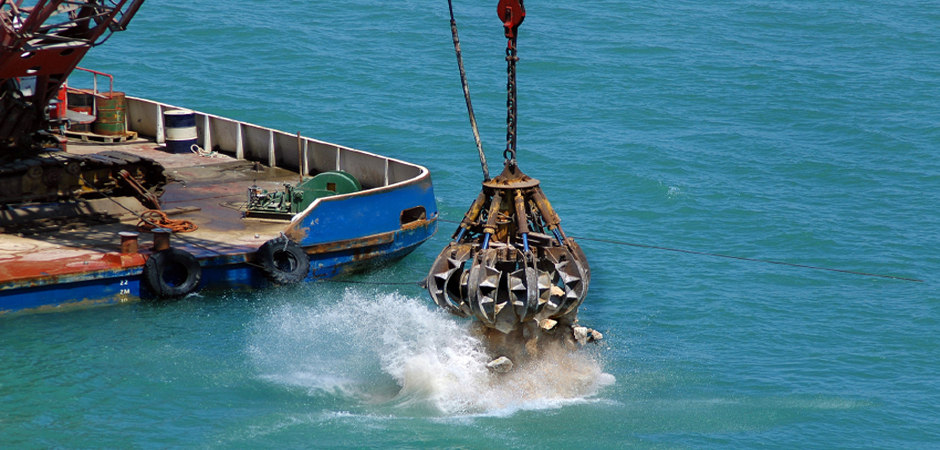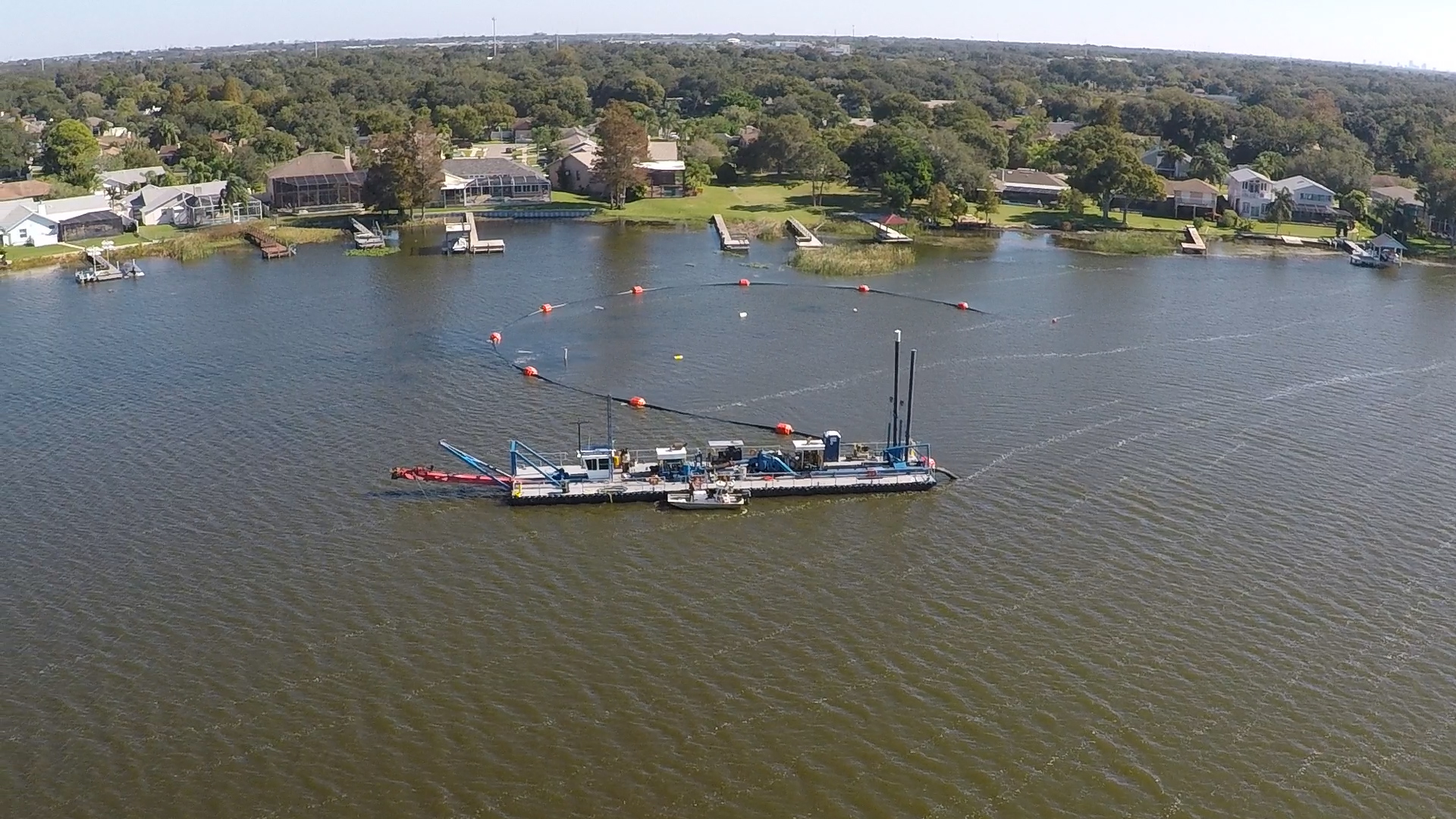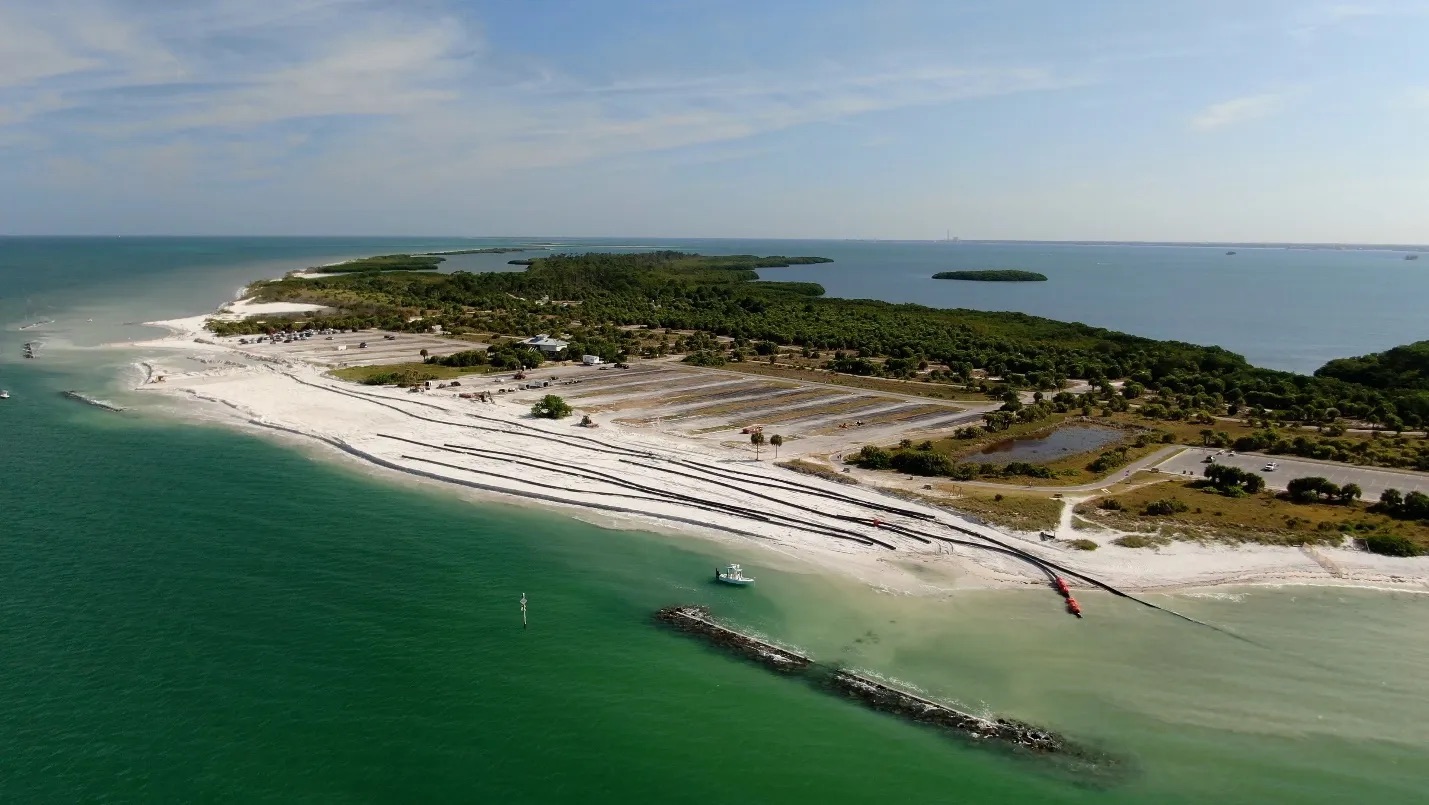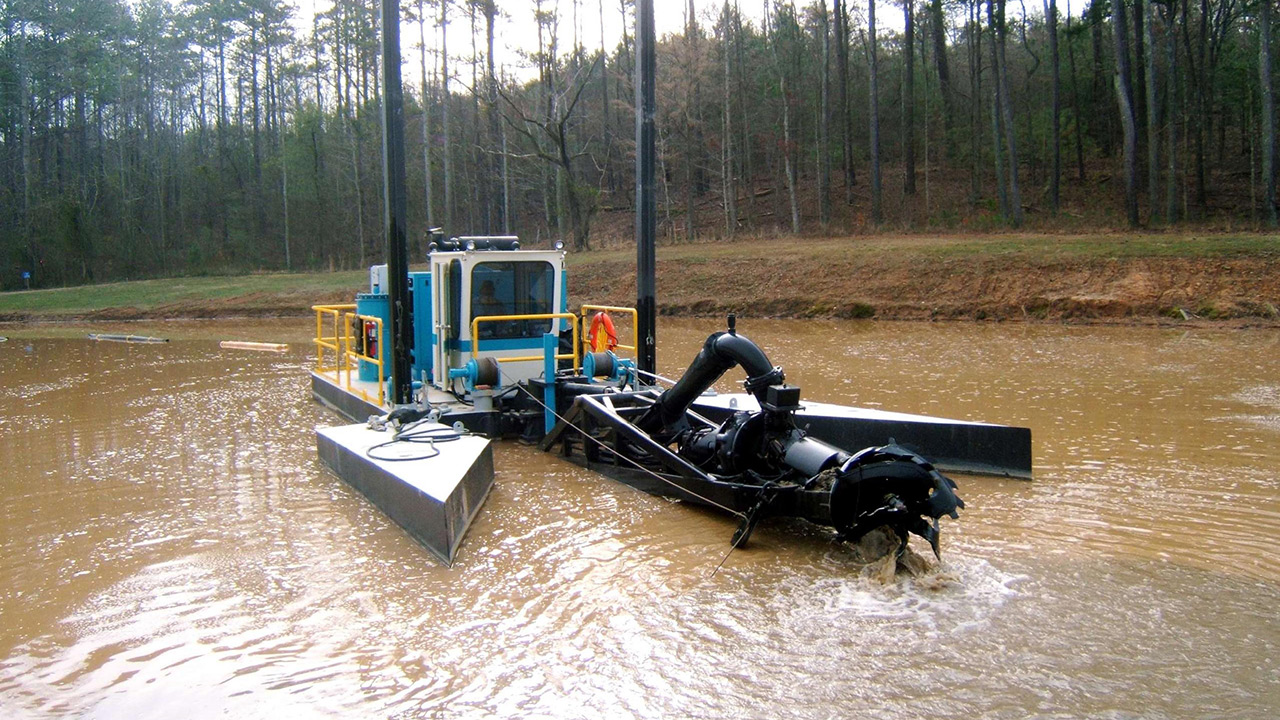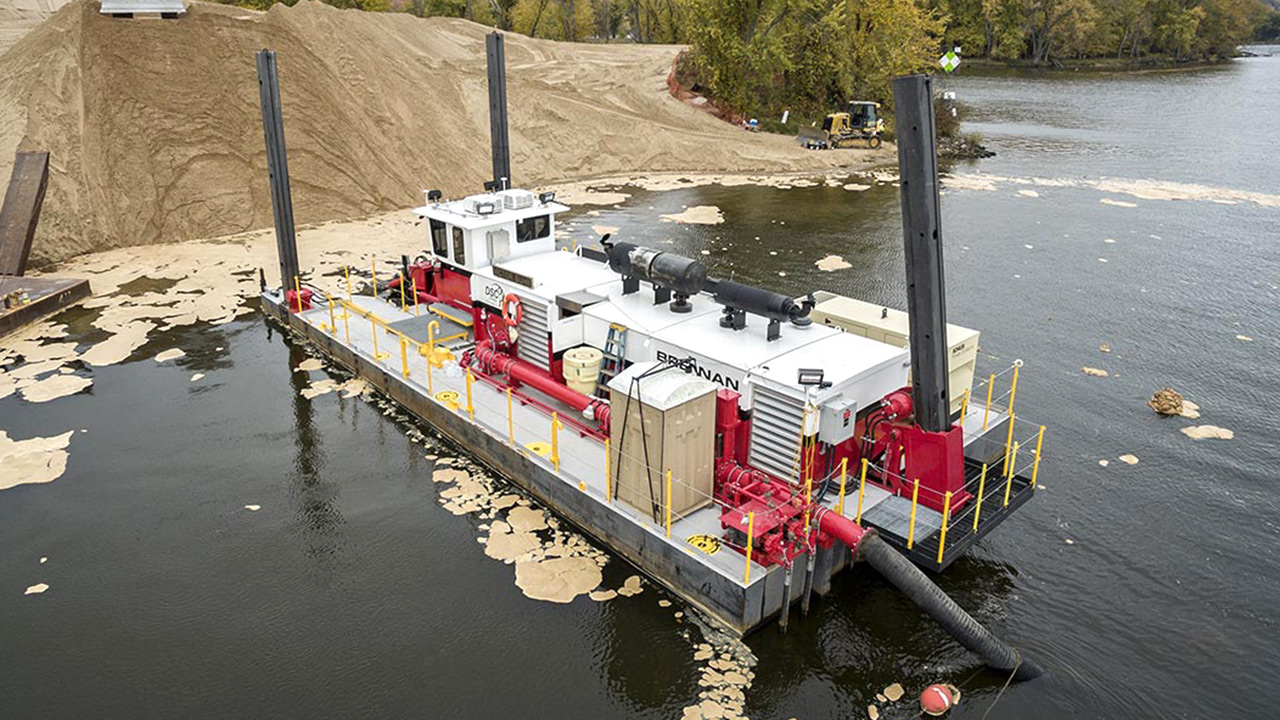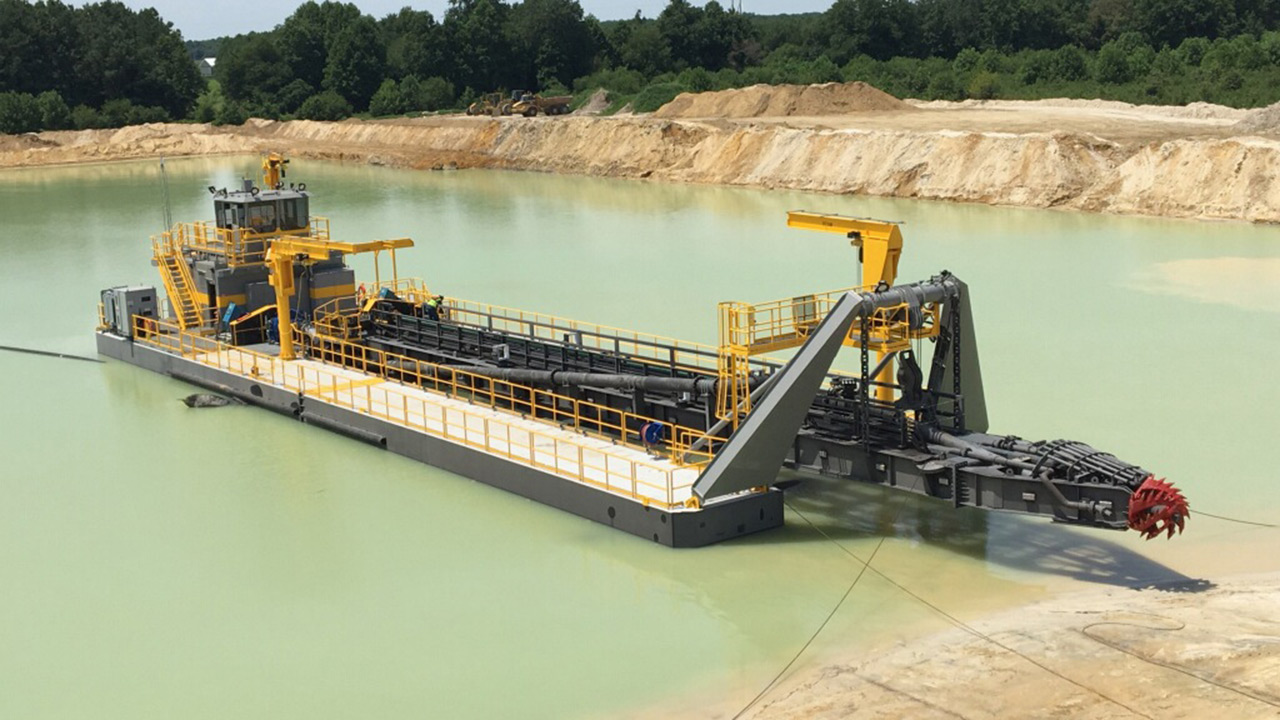| Dredging Service | Dredging Service |
|---|---|
| Southern Dredging & Marine | Gator Dredging |
| More information | More information |
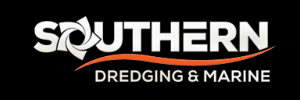 |
 |
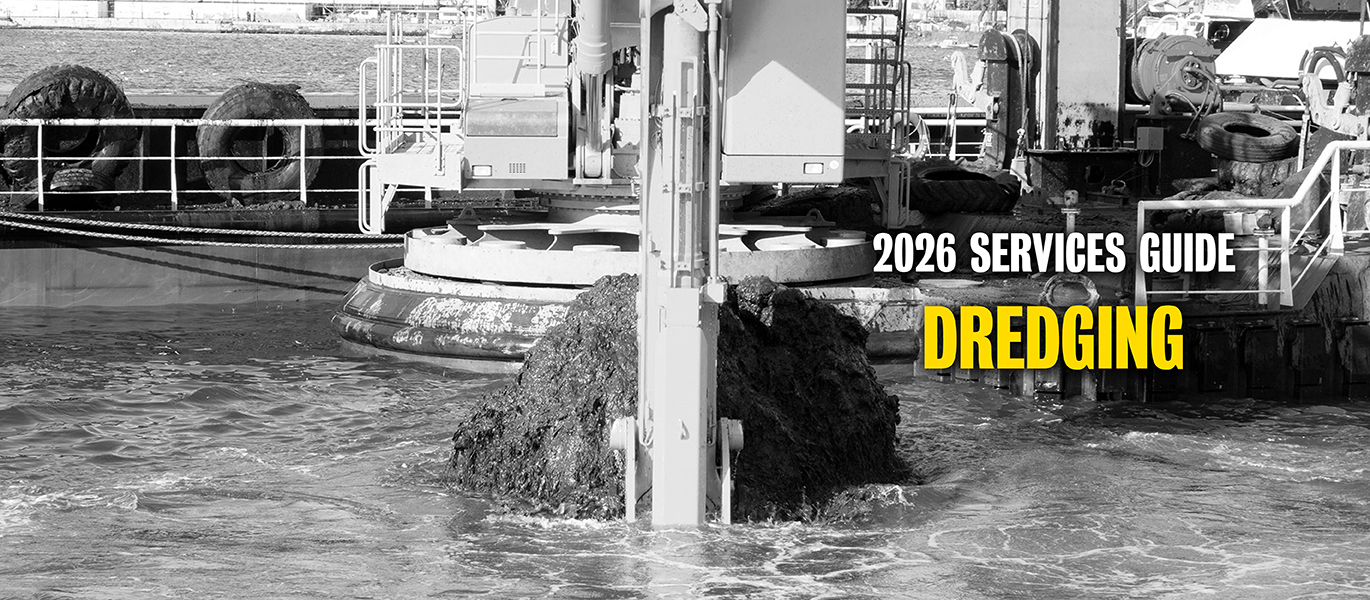
Pile Buck's Top Recommended Service Providers
| Dredging Service | Dredging Service | Dredging Service |
|---|---|---|
| Southern Dredging & Marine | Gator Dredging | DSC Dredge |
| More information | More information | More information |
 |
 |
 |
This guide discusses the various dredging techniques, each tailored to specific project conditions and objectives—while also covering strategic planning, equipment selection, and cutting-edge technological advancements in dredging operations. Designed to educate contractors and project managers with the essential knowledge needed for efficient project execution, this guide serves as a crucial resource for mastering the nuances of dredging.
Overview of Dredging Techniques
Dredging is an essential operation in marine construction and maintenance—involving the removal of sediment, debris, and other materials from the bottom of water bodies. The following is the primary and specialized techniques used in dredging, each suitable for different conditions and project objectives…
Mechanical Dredging
Mechanical dredging uses heavy equipment such as buckets, clamshells, backhoes, and draglines to physically scoop out the sediment. This method is effective in removing hard-packed soils, rocks, and debris—and is ideal for smaller projects or those in confined locations where precision is necessary. Common applications include harbor deepening, canal construction, and the removal of contaminated sediments.
Hydraulic Dredging
Hydraulic dredging involves suction to vacuum loose sediment and water from the sea floor. The slurry is then transported through pipelines or barges to disposal or processing locations. This technique is preferred for larger scale projects, offering efficiency over vast areas and depths—and is less disruptive to aquatic environments. It is commonly used for river maintenance, beach nourishment, and enhancing navigational channels.
Air-lift Dredging
This method uses a pipe and a compressor to create an upward flow, effectively vacuuming sediment and water. It’s particularly useful in delicate archaeological digs or underwater mining operations.
Pneumatic Dredging
Similar to air-lift dredging, pneumatic dredging involves a pump to create a vacuum that can handle compact materials—suitable for heavy and sticky materials like clay.
Auger Dredging
Utilizes a large drill (auger) to remove sediment, which is ideal for dealing with hard-packed materials—and is often used in environmental dredging for its precision and minimal dispersion of pollutants.
Water Injection Dredging
This technique involves injecting water at low pressure into the sediment layer to fluidize it, allowing it to be carried away by natural water currents. It is ideal for maintenance dredging of large sandy areas.
Bucket Dredging
Employs a series of buckets on a conveyor system, often used in mining dredging operations. It can handle very large volumes of material, including pebbles and rocks.
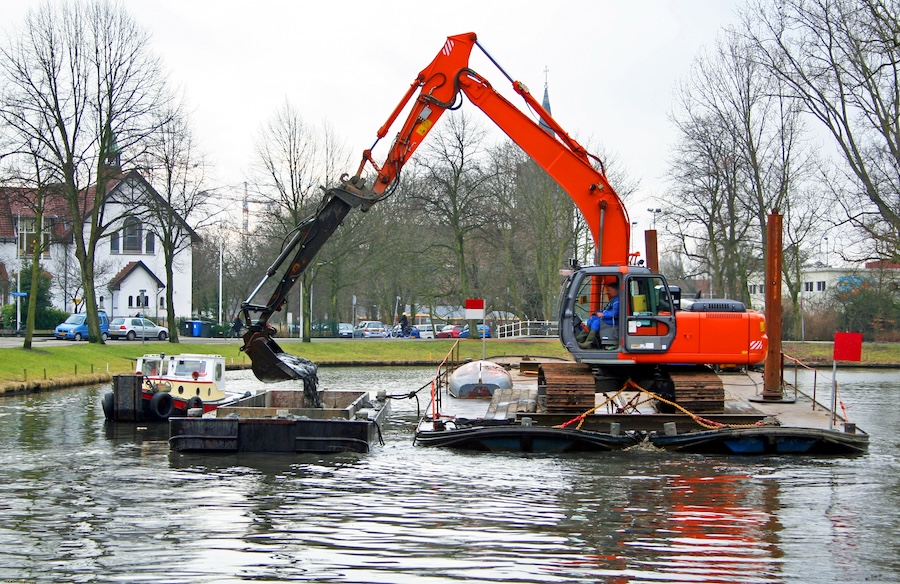
Planning and Preparation
Proper planning and preparation are pivotal to the success and sustainability of dredging projects. This phase ensures that the chosen dredging method aligns with site-specific requirements and regulatory standards, all while safeguarding the environment and those involved in the operations.
Site Assessment
Understanding the specific conditions of the dredging site is crucial. This involves detailed surveys to gather data on the type of sediment, water depth, and area coverage. Geotechnical sampling and analysis help in determining the sediment composition, which is essential for choosing the most effective dredging technique. In addition, assessing access to the site and evaluating nearby habitats or structures informs logistical planning and risk management.
Environmental Considerations
Compliance with environmental regulations is non-negotiable in dredging operations. Impact assessments are conducted to evaluate the potential effects of dredging on the local ecosystem. This includes studying water quality, marine life, and nearby shorelines. Mitigation strategies such as sediment containment, timing dredging activities to avoid sensitive breeding seasons, and using less invasive dredging methods are implemented to minimize environmental disruptions.
Safety Protocols
Safety of the workforce and the preservation of marine life are paramount. Establishing comprehensive safety protocols involves rigorous training for all personnel on hazard recognition and emergency response procedures. Equipment checks and maintenance routines are enforced to prevent malfunctions.
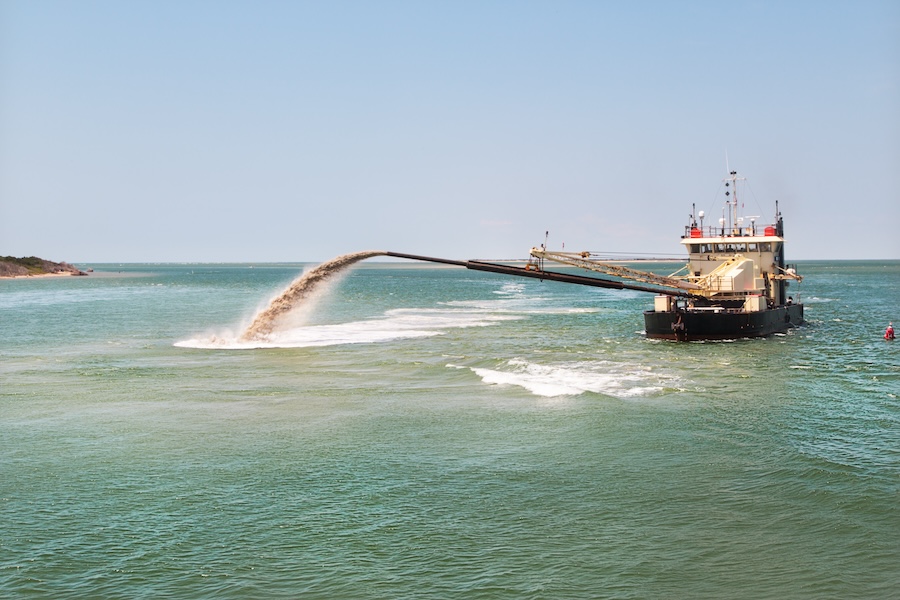
Equipment and Technology
The effectiveness of dredging operations heavily relies on the equipment and technology used. Modern advancements have significantly enhanced the efficiency, precision, and environmental compatibility of dredging projects.
Overview of Dredging Equipment
Common dredging equipment utilized in marine construction projects includes:
- Cutter suction dredgers (CSD): These are stationary vessels equipped with a rotating cutting head to loosen the material in hard or compacted sediments. The loosened material is then sucked up by a pump and transported through a pipeline. CSDs are highly effective in river channeling and port deepening projects.
- Trailing suction hopper dredgers (TSHD): These self-propelled vessels are equipped with one or more suction pipes ending in drag heads that scrape and suck the seabed as the vessel travels. The sediment is stored in its hopper and can be transported over long distances. TSHDs are ideal for projects requiring large volumes of sediment relocation, such as beach nourishment or new land reclamation.
- Backhoe dredgers: These are hydraulic excavators mounted on a pontoon. They are particularly effective in dredging hard materials and debris in confined areas. The precision and power of backhoes make them suitable for harbor deepening and creating foundations for marine structures.
Innovations in Dredging Technology
Innovations in dredging technology include:
- GPS and automation: Modern dredgers are often equipped with GPS technology, which allows for precise navigation and operation. Automation in dredging not only increases precision but also improves safety by reducing the need for direct human control in hazardous conditions.
- Environmentally friendly options: Developments such as electric dredgers and silt curtains help minimize the ecological footprint. Electric dredgers reduce emissions and noise, while silt curtains prevent the spread of turbidity—protecting aquatic life.
- Adaptive controls: These systems adjust the dredging operation based on real-time feedback from the environment and equipment, optimizing efficiency and reducing waste.
Maintenance Tips
Keeping dredging equipment in optimal condition is vital to ensure operational efficiency and safety. Regular maintenance should include:
- Routine inspections: Frequent checks of mechanical parts, hydraulic systems, and electrical connections to identify wear and potential failures.
- Cleaning protocols: Proper cleaning of dredgers and their components, especially after operations in contaminated sites, prevents cross-contamination and equipment degradation.
- Replacement of worn parts: Timely replacement of cutting heads, suction pipes, and pumps to maintain performance and efficiency.
- Lubrication and corrosion protection: Regular lubrication of moving parts and application of anti-corrosive treatments extend the lifespan of the equipment.
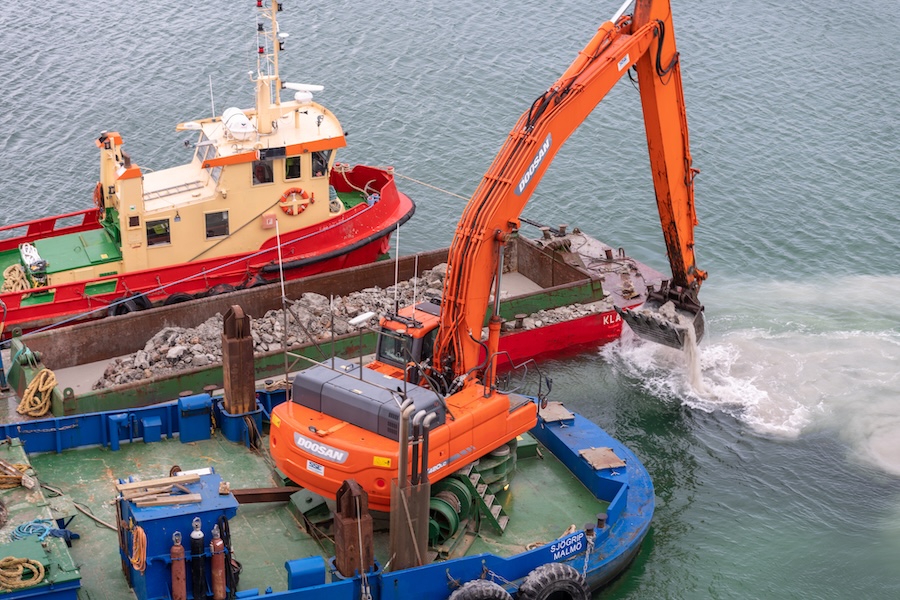
Case Studies
Exploring specific dredging projects provides a practical perspective on how various challenges are addressed and the key lessons learned.
Case Study 1: Port Expansion in Southeast Asia
- Objective: Increase the port’s capacity to accommodate larger vessels by deepening and widening the access channel.
- Challenges: High environmental sensitivity of nearby coral reefs and the need for minimal disruption due to close urban proximity.
- Outcomes: Successfully deepened the channel by 5 meters using hydraulic dredging, facilitating increased maritime traffic without harming the coral reefs.
- Lessons learned: The project highlighted the importance of precision dredging and real-time monitoring to protect sensitive environments. It also underscored the value of engaging with environmental experts early in the project planning phase to ensure compliance and minimize ecological impact.
Case Study 2: River Restoration in Europe
- Objective: Restore the river’s flow and ecological balance by removing accumulated pollutants and sediment.
- Challenges: Dealing with contaminated sediments and minimizing disruption to local wildlife.
- Outcomes: Improved water quality and biodiversity restoration were achieved by removing pollutants using environmental dredging techniques and containment measures.
- Lessons learned: This project demonstrated the critical need for thorough preparatory work, including detailed environmental assessments and community engagement. It also showed the benefits of flexible project management to adapt to unforeseen challenges such as weather conditions and technical issues.
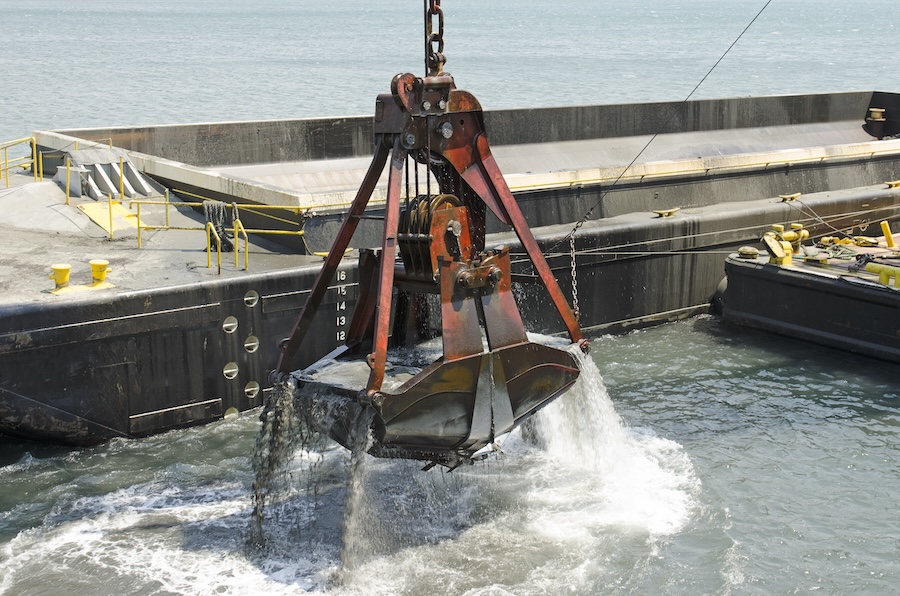
Hiring and Working with Dredging Contractors
Selecting the right dredging contractor is pivotal to the success of any dredging project. It involves evaluating the contractor’s expertise, equipment, and reputation. In addition, effective contract management is essential to ensure that all parties have clear and fair agreements.
What to Look for in a Dredging Contractor
The contractor’s experience with similar projects is crucial. Look for a history of successfully completed projects that are similar in scope and complexity to yours. Specialized skills, such as environmental dredging or working in heavily trafficked waterways, can be particularly valuable.
The contractor should possess a fleet of modern and well-maintained dredging equipment suitable for your project’s specific requirements. The availability of various types of dredgers and support vessels indicates a contractor’s readiness to handle diverse conditions.
Check the contractor’s reputation through references, industry reviews, and past project portfolios. A reputable contractor will have positive testimonials and a track record of meeting deadlines and budgets. It’s also important to assess their commitment to safety and environmental compliance.
Contract Management
Contracts should clearly define the scope, schedule, and terms of payment—along with any penalties for non-compliance. It’s important to include detailed specifications for performance and quality standards.
Address potential risks by allocating responsibilities for dealing with unforeseen circumstances, such as archaeological finds or environmental hazards. The contract should stipulate who bears the cost of delays and how disputes will be resolved.
Ensure the contract allows for some degree of flexibility to manage changes in project scope or conditions without significant financial penalties. This can be crucial for adapting to project-specific challenges that may arise.
Establish mechanisms for regular oversight and communication between you and the contractor. This helps in maintaining transparency, managing expectations, and ensuring the project remains on track.
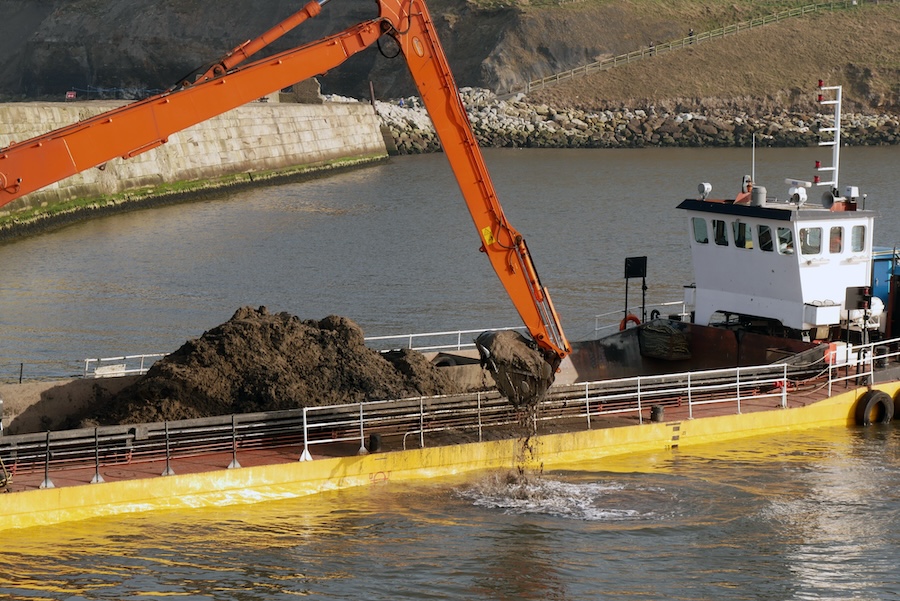
PILE BUCK’S TOP RECOMMENDED DREDGING SERVICE PROVIDERS
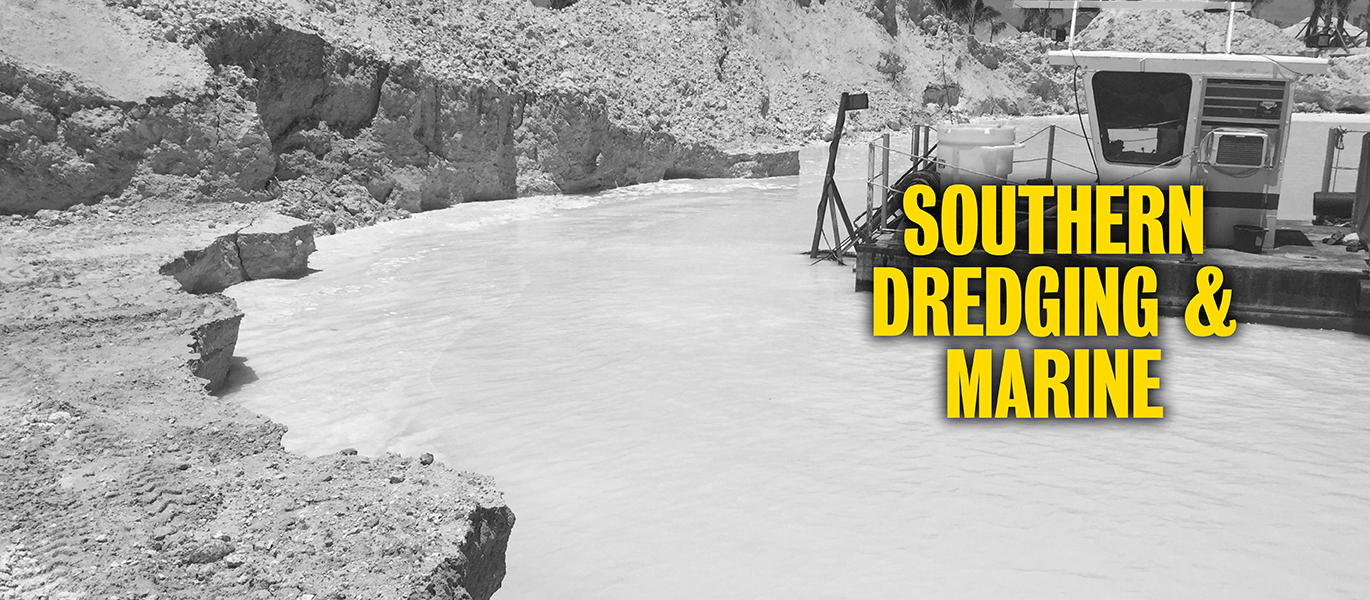
About
Southern Dredging & Marine is based out of Atlanta, Georgia and is available for dredging and marine projects in USA including Florida, Alabama, Louisiana, the Carolinas, Georgia. We also provide services for all of the Bahamas such as the Exhumas and Nassau, as well as the entire Caribbean Islands. Call us for more information at 770-831-8111 or email us about your next project up for bid.
Services
- Hydraulic Dredging
- Mechanical Dredging
Southern Dredging & Marine
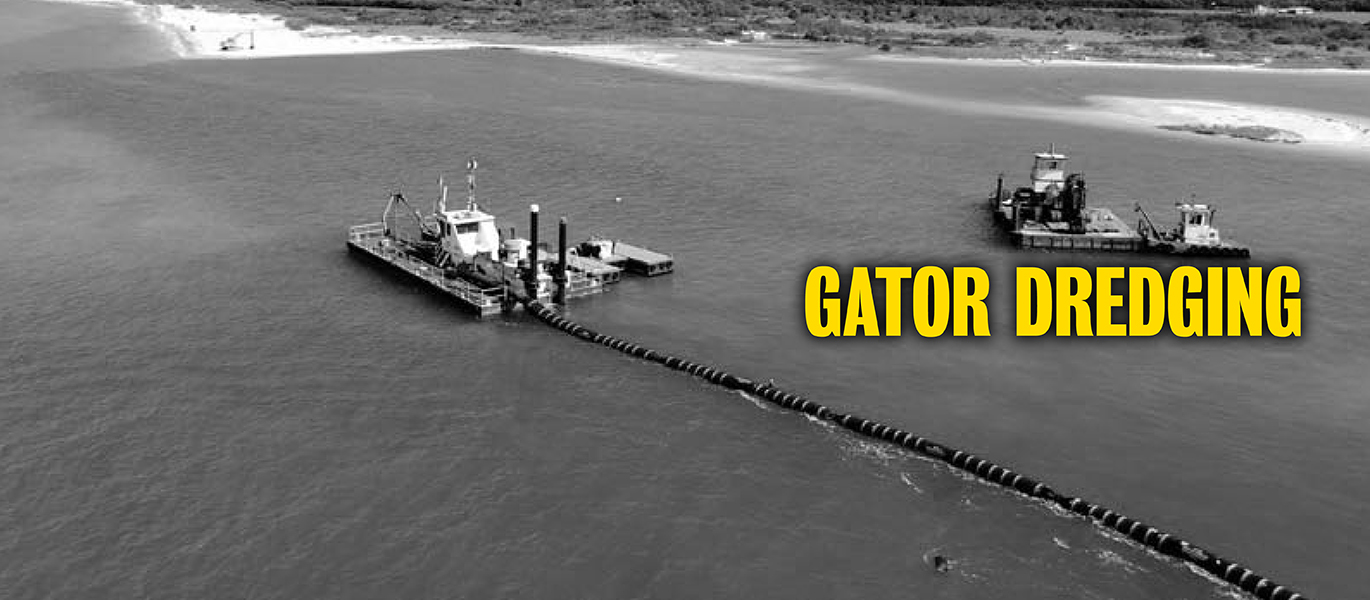
About
Gator Dredging staff balances environmental protection with the needs of the boating community and works with the environmental regulatory agencies to obtain the necessary permits or exemptions.
The principals of Gator Dredging—state-certified general contractors’ license CGC 1512360—are William Coughlin and Philip Findlay. Experienced in the engineering and dredging fields, they have created a company, founded in 2005, that combines their engineering skills and compassion for the environment to make Florida’s waterways more accessible with canal dredging, slip dredging and dock dredging.
Gator Dredging executes a project from start to finish. From the initial consultation with the property owner through design, permitting, and dredging services, Gator Dredging completes Florida dredging projects in the shortest amount of time.
Our unique and environmentally friendly dredging and dewatering process was developed by Gator Dredging engineers to allow for faster dredging, less disruption, and lower costs for Commercial Dredging, Residential Dredging, Municipal Dredging and Industrial Dredging Projects.
Services
- Commercial/Industrial
- Residential/Community
- Environmental Restoration
Gator Dredging
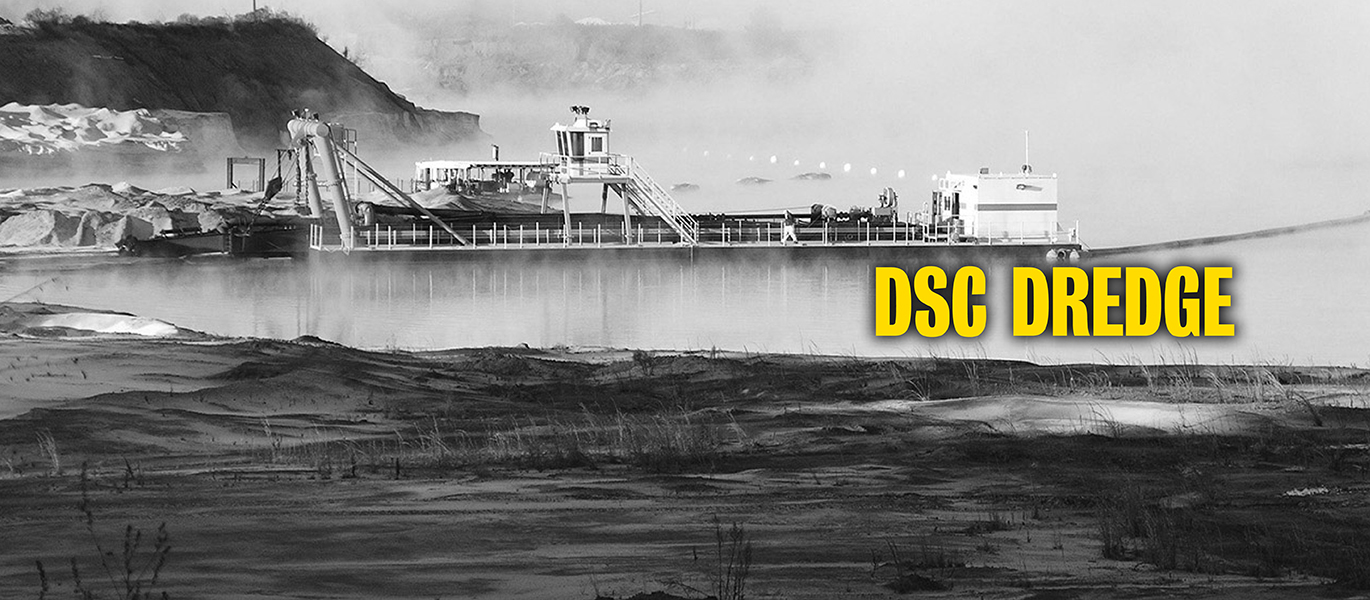
About
DSC Dredge is a leading global manufacturer of custom dredging equipment, known for engineering solutions that meet the specific demands of mining, construction, environmental, and waterway maintenance projects. Headquartered in Reserve, Louisiana, the company designs and builds a wide range of dredges, including cutter suction dredges, swinging ladder dredges, and submerged pump dredges. Its product line also features support equipment such as workboats, booster pumps, and specialized assemblies like cutterheads, winches, and pump systems.
Beyond equipment, DSC Dredge provides comprehensive services to ensure long-term performance and efficiency. Their offerings include design consultation, engineering support, installation, commissioning, and full product support. They also deliver operator training through programs like Dreducation®, as well as advanced automation and monitoring systems such as DSC Vision, which provides real-time dredging data and underwater mapping. In addition, DSC specializes in retrofits, upgrades, and field modifications, helping clients modernize their fleets and optimize dredging productivity.
With decades of expertise and a commitment to innovation, DSC Dredge not only delivers reliable equipment but also empowers customers through training, support, and technology integration. Their combined products and services make them a trusted partner for contractors and organizations tackling complex dredging challenges worldwide.
Services
- Consultation & design / conceptualization
- Engineering support / professional services
- Installation & commissioning / testing of the dredge equipment
- Product support & troubleshooting / repairs
- Training & education (operator training, Dreducation® courses)
- Automation systems / integration & remote data services
- Field modifications / retrofits / upgrades

